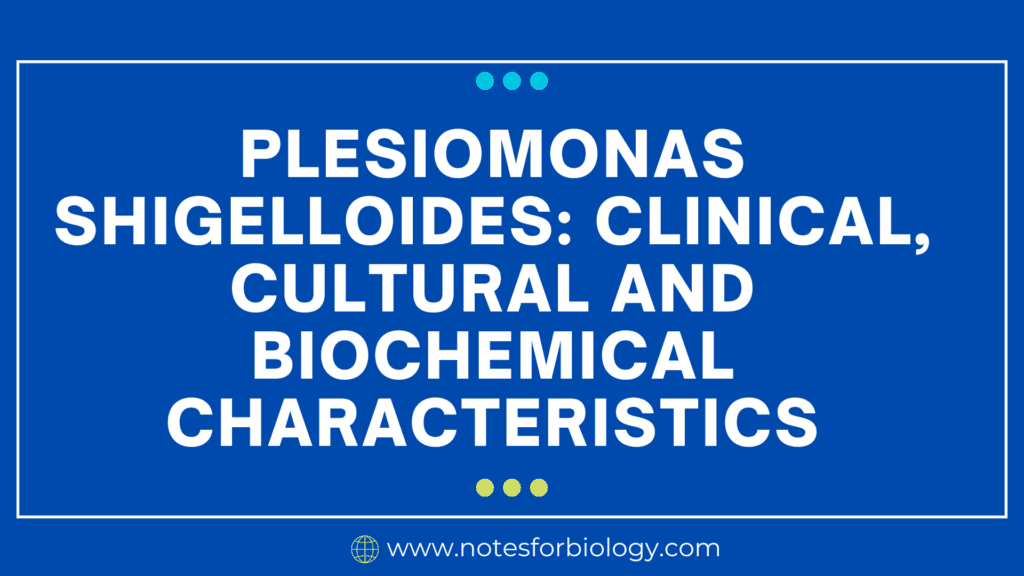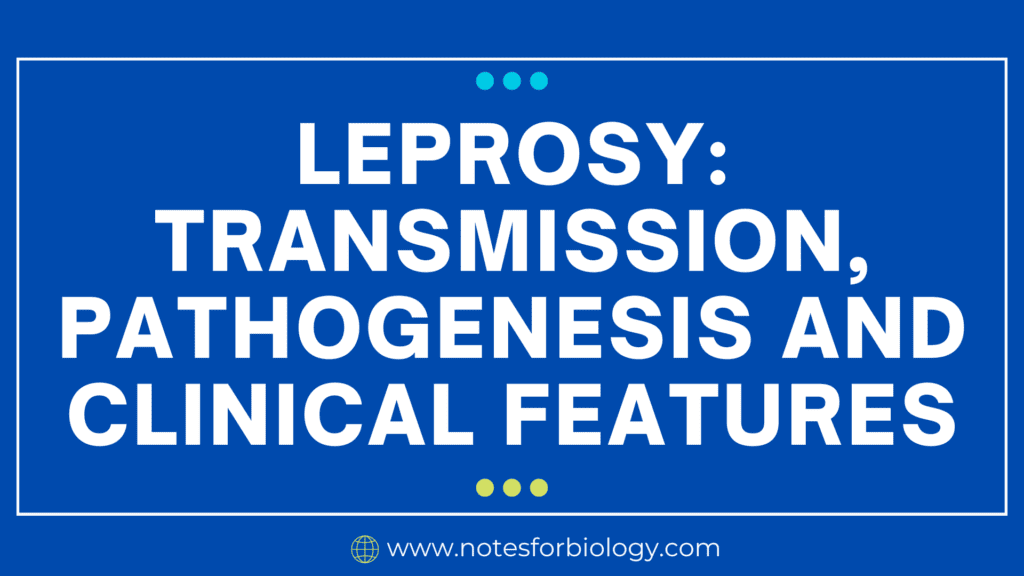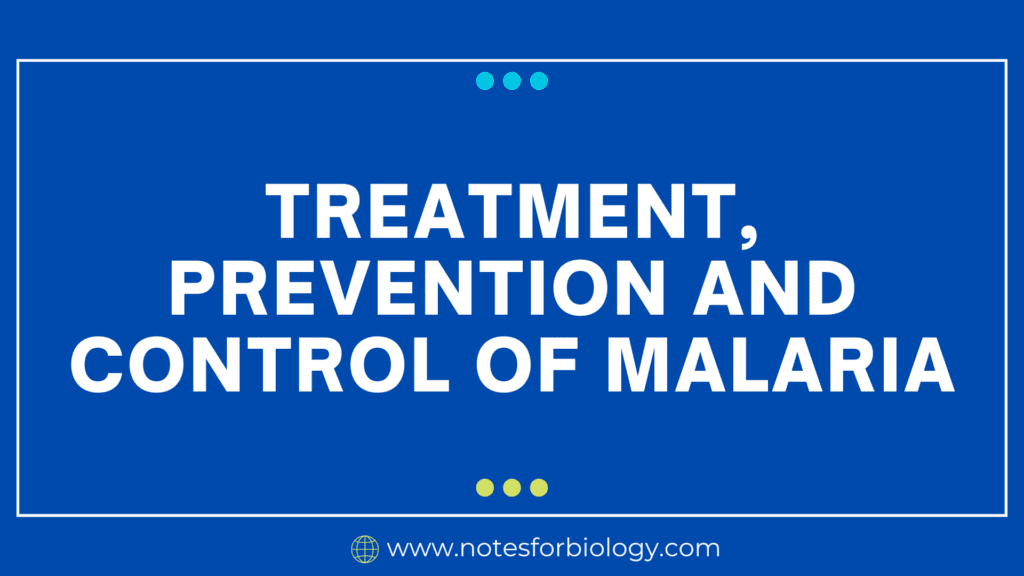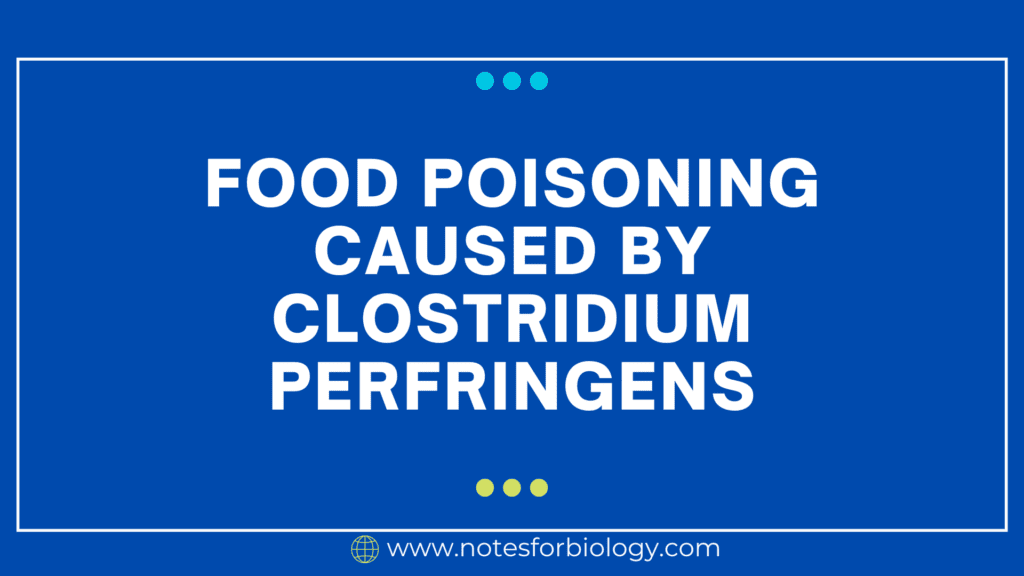Plesiomonas shigelloides
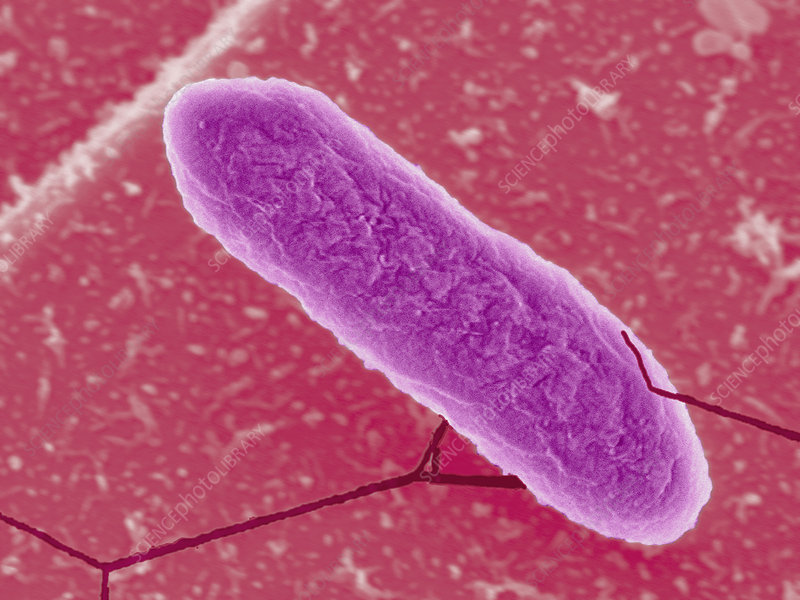
A facultative anaerobic gram-negative bacteria, Plesiomonas shigelloides is frequently found in watery settings such as rivers, lakes, and oceans. Additionally, it has been isolated from a variety of species, such as chicken, fish, shellfish, and reptiles.
This bacterium is frequently found in freshwater, brackish water, and saltwater, among other settings. Animals also contain it, including fish, crabs, and mollusks.
Since Plesiomonas shigelloides is an opportunistic infection, healthy people are typically not harmed by it. However, in humans, especially in those with weakened immune systems, it can result in gastroenteritis, or inflammation of the stomach and intestines.
Table of Contents
Clinical Manifestations
Diarrhea: The most typical clinical manifestation of diarrhea is watery diarrhea, which can occasionally be accompanied by fever, nausea, vomiting, and cramping in the abdomen.
Inflammatory bowel diseases (IBD): P. shigelloides has been linked to aggravate the symptoms of Crohn’s disease and other inflammatory bowel diseases (IBD).
Bacteremia: P. shigelloides can sporadically lead to bloodstream infections, especially in people with weakened immune systems.
Other infections: P. shigelloides has been shown to cause pneumonia, wound infections, and urinary tract infections in rare instances.
Cultural Characteristics
Growth: On widely used laboratory media such blood agar, MacConkey agar, and Hektoen enteric agar, P. shigelloides grows well.
Morphology: Colonies on blood agar medium are usually smooth, tiny, translucent, and have a hint of yellow.
Motility: P. shigelloides has peritrichous flagella, which contribute to its motility.
Biochemical Characteristics
- Oxidase: Positive
- Catalase: Positive
- Indole: Variable
- Methyl red: Negative
- Voges-Proskauer: Positive
- Citrate utilization: Positive
- H2S production: Negative
- Urease: Negative
- Lysine decarboxylase: Positive
- Ornithine decarboxylase: Variable
- Arginine dihydrolase: Negative
Differentiation from Other Enteric Pathogens
P. shigelloides’s oxidase-positive reaction allows it to be distinguished from Shigella and Salmonella species.
Its incapacity to ferment sugar sets it apart from other Vibrio species.
P. shigelloides differs from Aeromonas species by reacting negatively to the synthesis of indole.
Diagnosis
Stool culture: The main diagnostic technique involves isolating P. shigelloides from stool samples.

Serological testing: The use of serological tests for diagnosis is not common.
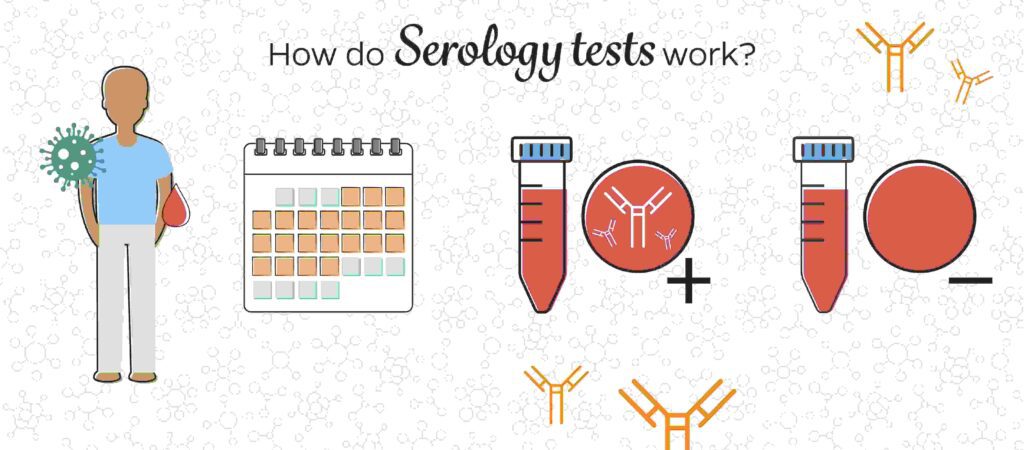
Treatment
Oral rehydration therapy: The cornerstone of care for mild to severe bouts of diarrhea is oral rehydration therapy.
Antibiotics: Patients who have problems or severe instances may benefit from the use of antibiotics like azithromycin or ciprofloxacin.
Prevention
Good hygiene: Observing good hygiene Frequent hand washing is one of the best personal hygiene routines that can help lower the risk of infection.
Safe food handling: Cooking meat and seafood thoroughly helps avoid contamination.
Steer clear of polluted water: Steer clear of consuming or swimming in contaminated water.
Plesiomonas shigelloides is, all things considered, a quite uncommon yet significant cause of gastrointestinal sickness, especially in regions with tainted water supplies. Comprehending the cultural, biochemical, and clinical features of this condition is essential for precise diagnosis and suitable treatment.
Frequently Asked Questions(FAQ)
What is Plesiomonas shigelloides ?
A facultative anaerobic gram-negative bacteria, Plesiomonas shigelloides is frequently found in watery settings such as rivers, lakes, and oceans. Additionally, it has been isolated from a variety of species, such as chicken, fish, shellfish, and reptiles.
List the Biochemical characteristics of Plesiomonas shigelloides?
The Biochemical characteristics of Plesiomonas shigelloides are,
Oxidase: Positive
Catalase: Positive
Indole: Variable
Methyl red: Negative
Voges-Proskauer: Positive
Citrate utilization: Positive
H2S production: Negative
Urease: Negative
Lysine decarboxylase: Positive
Ornithine decarboxylase: Variable
Arginine dihydrolase: Negative
Write about the cultural characteristics of Plesiomonas shigelloides?
The cultural characteristics of Plesiomonas shigelloides are,
Growth: On widely used laboratory media such blood agar, MacConkey agar, and Hektoen enteric agar, P. shigelloides grows well.
Morphology: Colonies on blood agar medium are usually smooth, tiny, translucent, and have a hint of yellow.
Motility: P. shigelloides has peritrichous flagella, which contribute to its motility.
Related Articles

